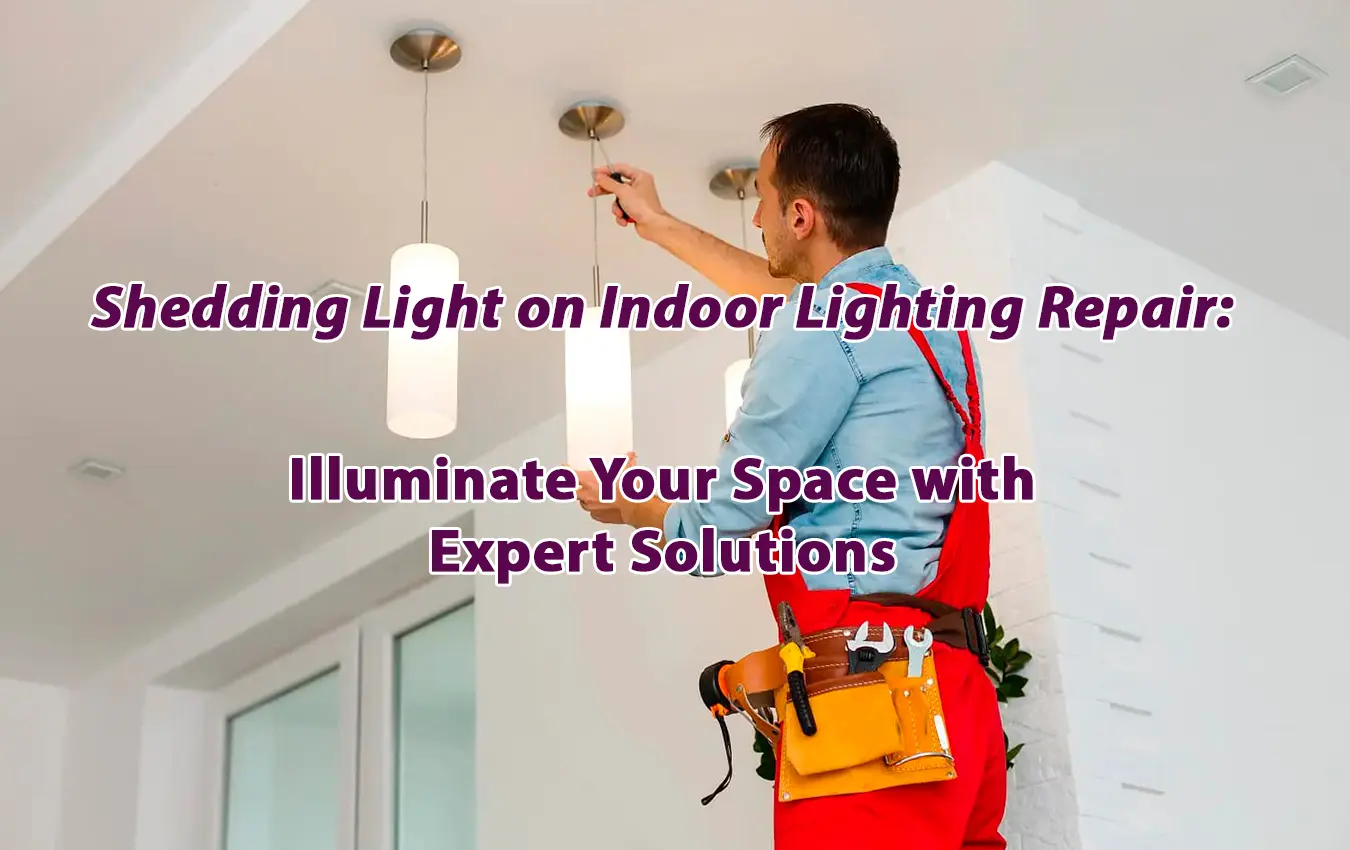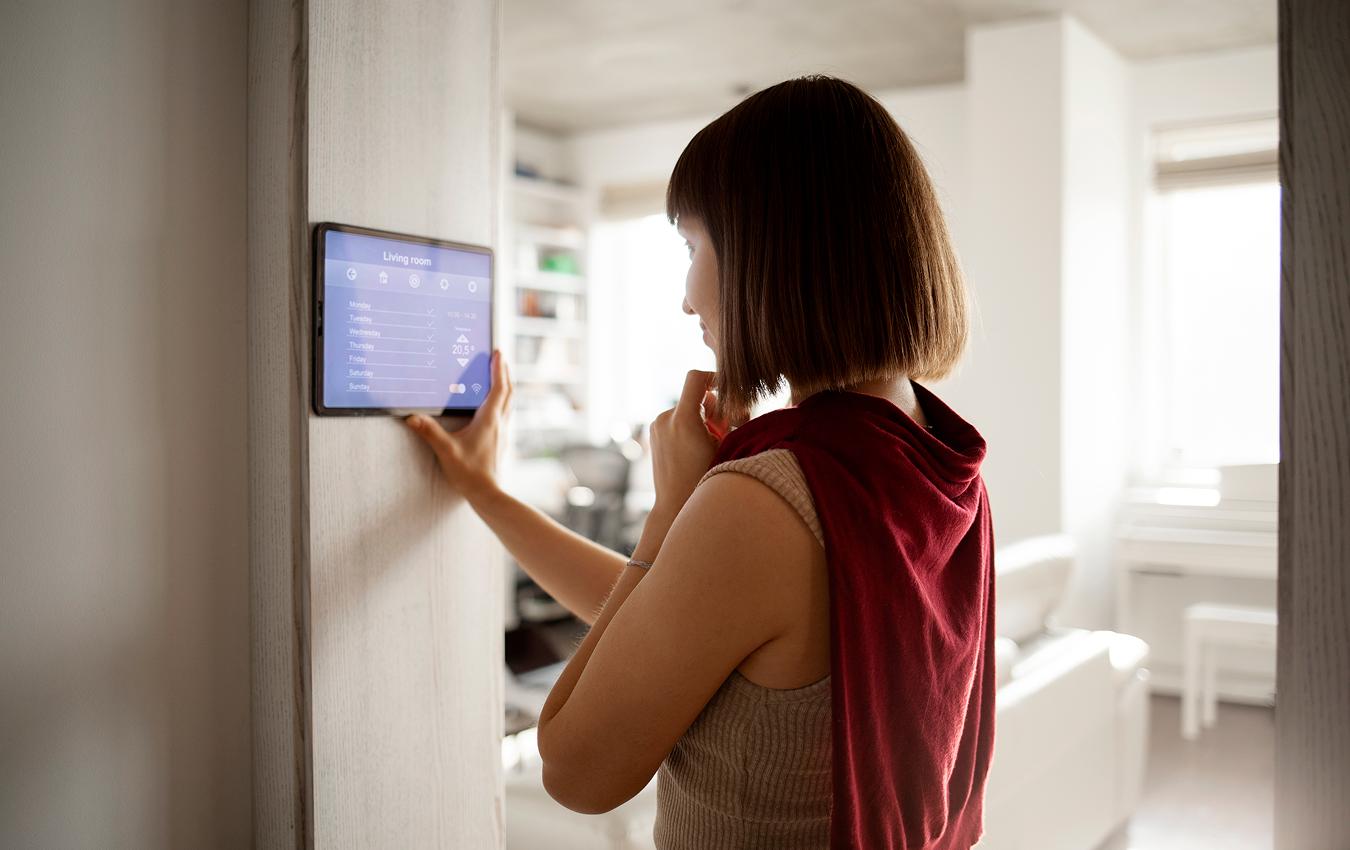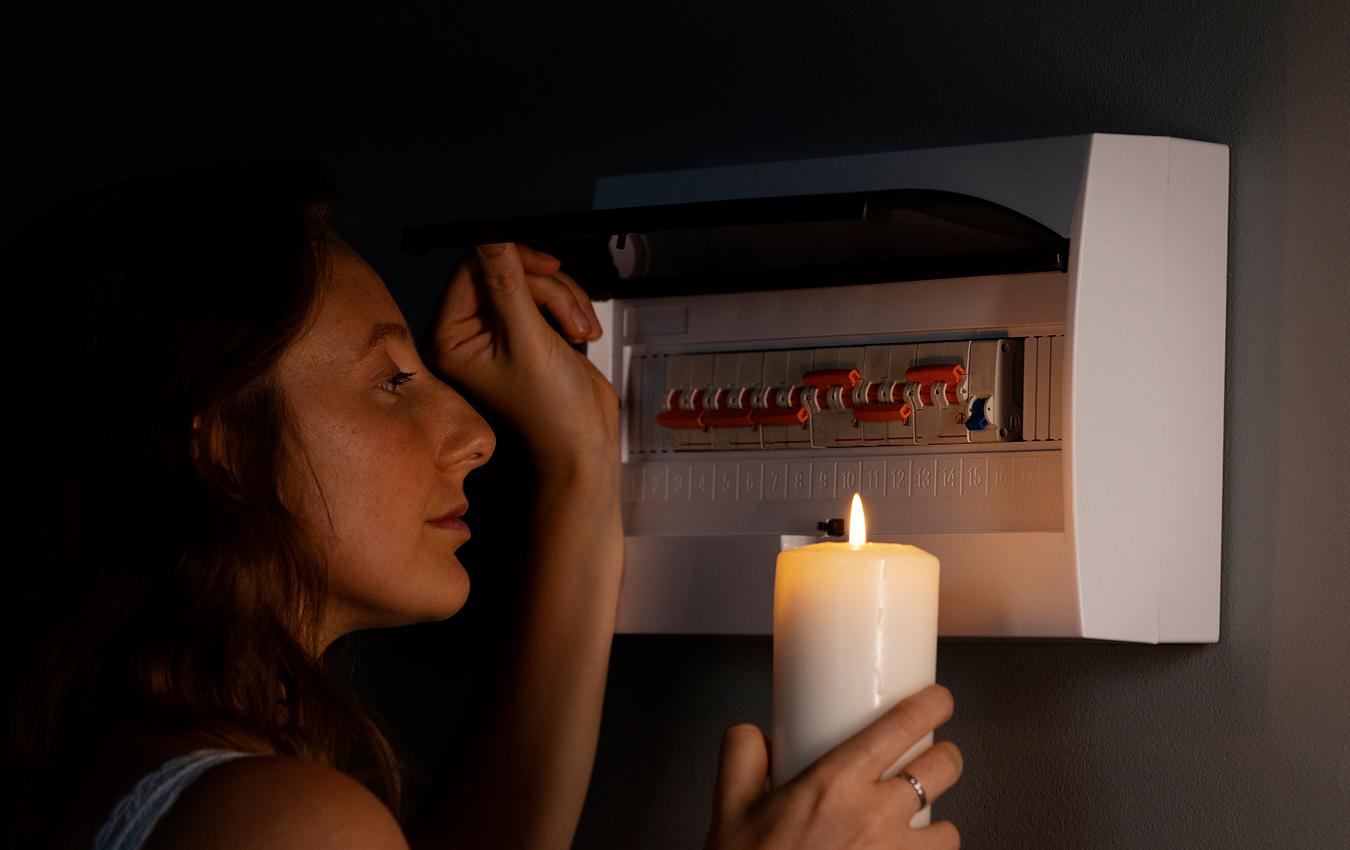Indoor lighting in a house is more than just a source of light. It helps set the mood, boosts productivity, and shapes the entire feel of a room. Whether you want a calm space or an energetic one, the proper lighting can make a big difference. But sometimes, things can go wrong with your lights. This is when knowing how to fix them becomes crucial.
Fixing indoor lights means dealing with problems in fixtures, wires, switches, or dimmers. Some of these problems might be small and easy to handle. Others might be bigger and need a professional indoor lighting repair service to sort them out. In this article, we’ll talk about common problems with indoor lights. We’ll also look at different types of fixtures, the tools you need to fix them, and a step-by-step guide on how to do it. Lastly, we’ll share some safety tips and ways to prevent future issues with your lights.
Common Issues with Indoor Lighting
Let’s start by looking at common problems you may encounter with indoor lighting in a house:
- Flickering Lights — can be caused by loose connections, faulty bulbs, incompatible dimmers, or voltage fluctuations.
- Faulty Switches or Dimmers — could be due to worn-out or damaged components, incorrect wiring, or overloaded circuits.
- Broken Fixtures — sometimes a result of physical damage, corrosion, or overheating.
- Dim or Dull Lights — low-quality bulbs, dirty fixtures, or insufficient wattage.
Premier Electrical Services has a team of experienced electricians to service and repair the lighting fixtures in your home. Contact us today to learn more about our home lighting repair and maintenance services. Call 954-900-1696 or apply online on the website!
Understanding Different Types of Indoor Lighting Fixtures
There are many kinds of indoor lights that you can use to light up your room.
Recessed lights are tucked into ceilings or walls. They give a focused beam of light, excellent for highlighting certain areas or things in your room.
Pendant lights hang down from the ceiling. They give off a soft glow and add character to your room.
Chandeliers have many branches and bulbs. They make a big statement and add class to your room.
Track lights are fixed on a track. You can move them around to light up different areas, making them a flexible choice.
Wall sconces are attached to the wall. They give off a warm light, perfect for adding extra light and setting a mood.
Table lamps sit on tables or desks. They make the room feel cozy and are great for tasks like reading.
Floor lamps stand on the floor. They emit a soft glow and are suitable for general lighting.
Tools and Equipment Needed for Indoor Lighting Repair
For indoor lighting repair, you’ll require a set of basic tools and equipment:
- Screwdrivers — for loosening or tightening screws that secure fixtures, switches, or dimmers.
- Wire Strippers — for removing insulation from wires connecting the fixtures, switches, or dimmers to the power source.
- Wire Nuts — for securely joining two or more wires.
- Voltage Tester — for verifying if any electricity is flowing through the wires or components before commencing work.
- Ladder — to access elevated areas where the fixtures, switches, or dimmers are located.
- Flashlight — for illuminating dark areas while working.
Step-by-Step Guide to Troubleshooting and Repairing Indoor Lighting Issues
Here’s a concise guide on troubleshooting and rectifying common issues with indoor lighting in a house:
- Disconnect the power supply from the fixture, switch, or dimmer you’re working on. This can be done by flipping the circuit breaker or unplugging the cord from the outlet.
- Employ a voltage tester to ensure no electricity is flowing through the wires or components you’re working on. Avoid touching anything if electricity is present until the power supply is completely turned off.
- Identify the problem. For instance, if lights are flickering, inspect if the bulbs are loose or defective. If switches or dimmers are faulty, verify if they’re worn out or damaged. For broken fixtures, check for cracks or corrosion.
- Replace any defective parts with new ones. For example, change loose or faulty bulbs to new ones of the same wattage and base type. If switches or dimmers are worn out or damaged, substitute them with new ones matching the same wiring and configuration. In case of cracked or corroded fixtures, replace them with new ones of identical size and style.
- Reassemble the wires and components that have been disconnected or replaced, ensuring connections are tight and secure. Use wire nuts to join wires and wrap them with electrical tape for added protection.
- Restore the power supply to the fixture, switch, or dimmer. Test to see if the issue has been resolved. If not, repeat the steps until the problem is rectified.
Safety Precautions for Indoor Lighting Repair
Performing indoor lighting repair can be hazardous if not executed properly. Here are some essential safety measures to follow:
Prioritize disconnecting the power supply before interacting with any electrical components. Don’t solely depend on the switch or dimmer, as they may not completely cut off the power.
Consistently use a voltage tester to confirm if there’s any electricity in the wires or components you’re working on. Refrain from touching anything electrified, as it could lead to electric shock or fire.
Ensure you’re wearing protective gear like gloves, goggles, and shoes while handling electrical components. This can safeguard against injuries from sharp edges, sparks, or heat.
Always work in a well-lit and ventilated space when dealing with electrical components. This helps prevent accidents due to poor visibility or harmful fumes.
Strictly follow the manufacturer’s guidelines when installing or replacing electrical components to ensure compatibility and safety.
When to Call a Professional for Indoor Lighting Repair
While some indoor lighting issues can be fixed by yourself, others may require professional help. You should call an indoor lighting repair service if:
- You’re uneasy or inexperienced with handling electrical components.
- You lack the necessary tools or equipment for the job.
- You come across a problem that’s too complex or severe to handle.
- You spot signs of wear or damage in your indoor lighting system’s wiring or circuitry.
- You’re planning to upgrade or install new fixtures, switches, or dimmers.
Tips for Preventing Future Indoor Lighting Problems
To prevent future indoor lighting problems, you should:
- Use high-quality bulbs, fixtures, switches, and dimmers suitable for your indoor lighting system.
- Clean and dust your indoor lighting fixtures regularly to prevent dirt and dust buildup.
- Replace your bulbs before they burn out completely to prevent overheating and damage.
- Avoid overloading your circuits or outlets with too many indoor lighting fixtures or appliances.
- Inspect your indoor lighting system periodically for wear and tear or malfunction.
Conclusion
One last thing to know. Indoor lighting can be very power-consuming and contributes to greenhouse gas emissions. That’s why looking into energy-saving lighting for indoor spaces is important. These options use less power and last longer than traditional lights. Compact fluorescent lamps (CFLs) and light-emitting diodes (LEDs) are common choices that save energy. CFLs and LEDs can save up to 75% and 90% of energy compared to regular lamps. They can also last up to 10 or 25 times longer.
CFLs and LEDs have other advantages like better color quality, less heat, and they work well with dimmers and controls. But they also have some downsides. They cost more at first, might be a health or environmental risk, and don’t work as well in cold temperatures.
By looking into energy-saving lighting options, you can make your space nice and bright, save power and money, and help the planet.
Now you know enough about indoor lighting. You know what types of indoor lightning fixtures there are, what could be wrong with them, and how to fix them. And most importantly, you became familiar with safety measures and learned when to call a professional indoor lighting repair service instead of fixing the electrical system yourself.
The skilled electricians at Premier Electrical Services can assist you in designing and installing lighting fixtures to enhance the interior decor of your house and add comfort. To find out more about our services for installing ceiling lights, contact us right now. Call 954-900-1696 or use the website’s online application!
Check out the latest news:
- Commercial Energy Audit: Spotting the Sources of Energy Waste
- Protect Your Fort Lauderdale Home with Whole-House Surge Protection
- Power Outages in Fort Lauderdale: How to Protect Your Home
- Preparing for a Home Rewiring Project: A Checklist for Homeowners
- 5 Critical Signs You Need a Whole-House Surge Protector






